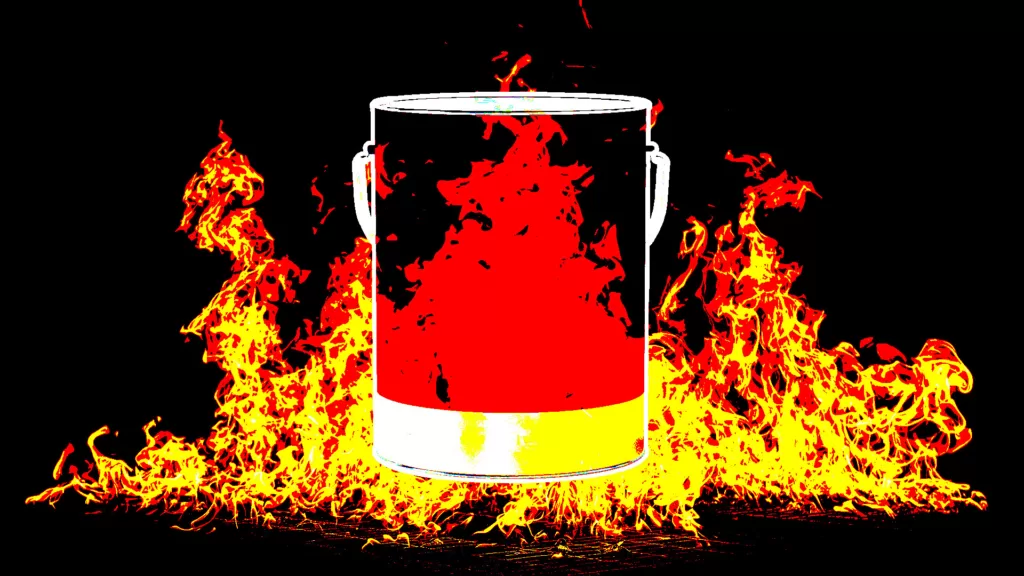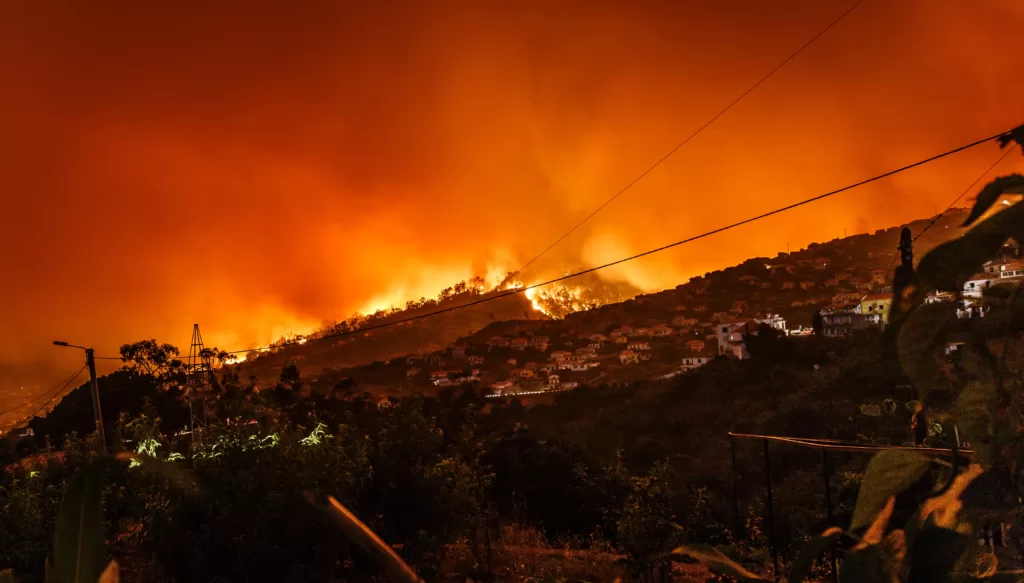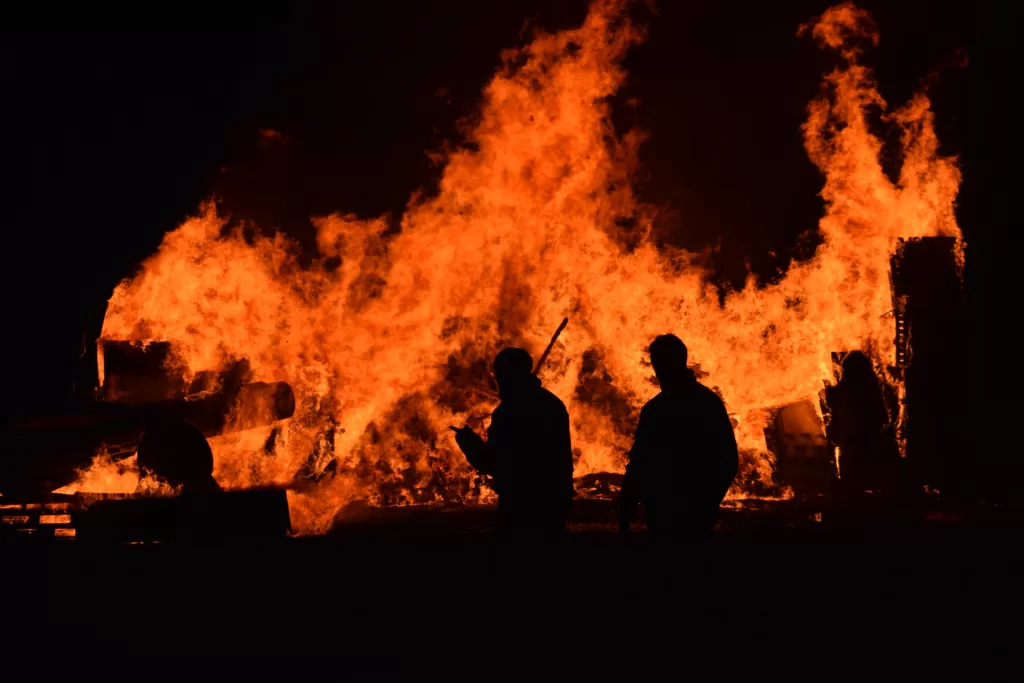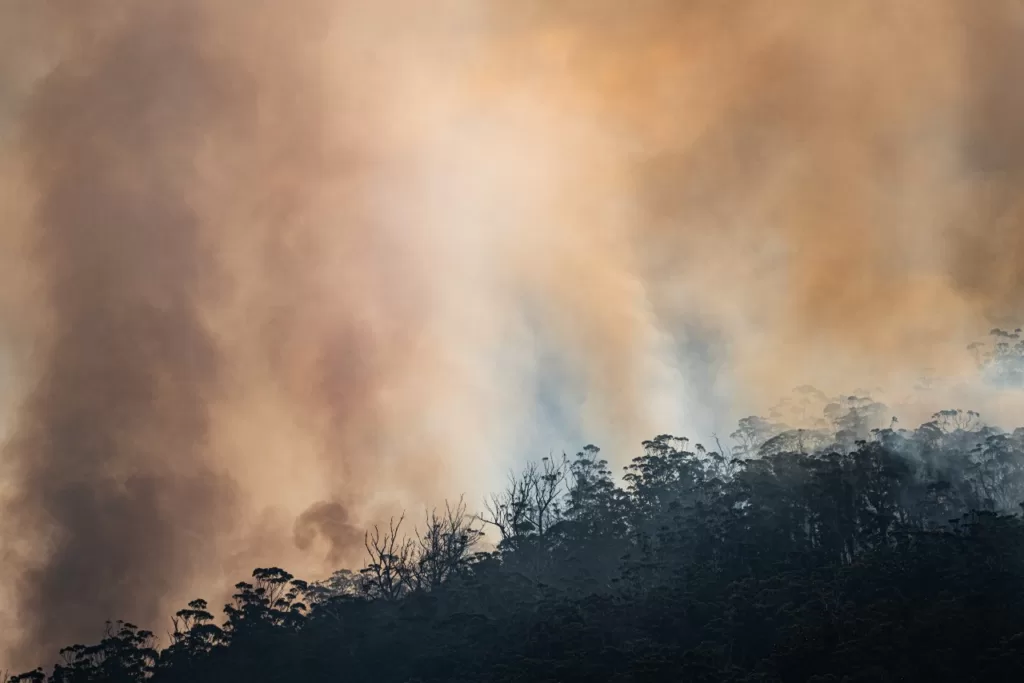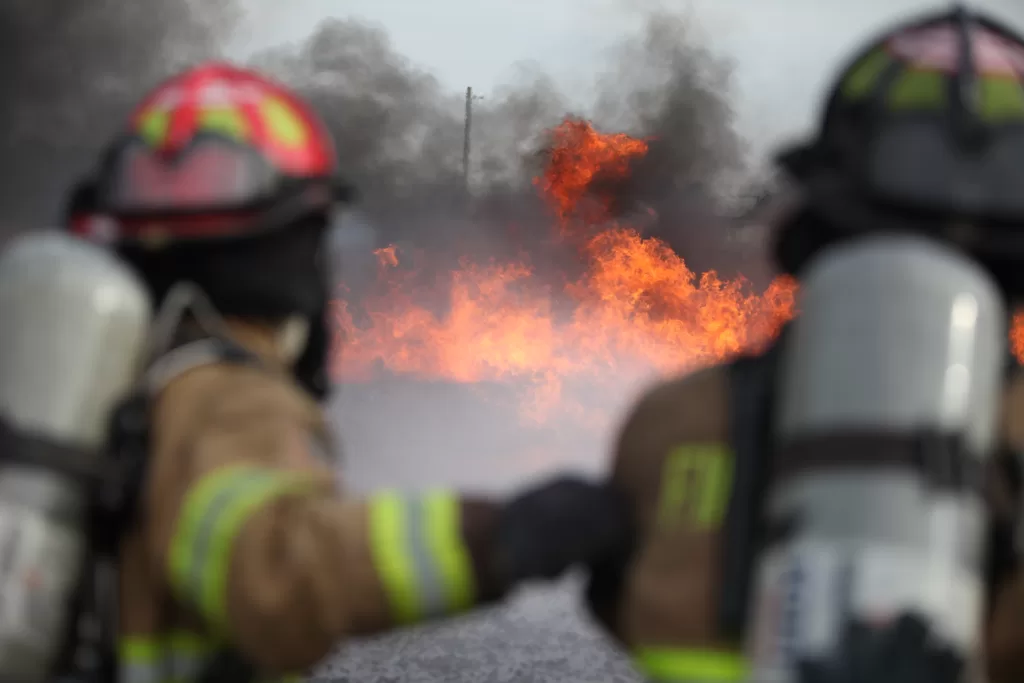Think bushfires don’t discriminate? They do, and this is who suffers most
Bushfires hit hardest in the most disadvantaged areas – where residents can least afford to ‘bushfire-proof’ their homes
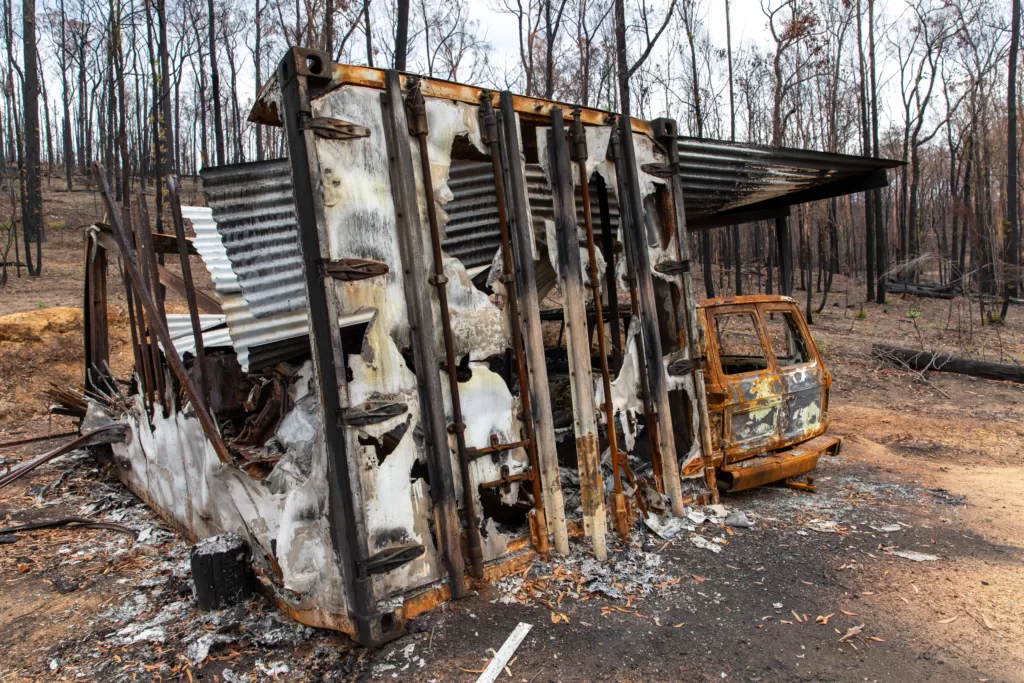 In February 2020, a burned structure north of Orbost, Victoria shows damage from the Black summer fires. (US DOI/Neal Herbert) : Wiki Commons: Neal Herbert, DOI/National Interagency Fire Center Public domain
In February 2020, a burned structure north of Orbost, Victoria shows damage from the Black summer fires. (US DOI/Neal Herbert) : Wiki Commons: Neal Herbert, DOI/National Interagency Fire Center Public domain
Bushfires hit hardest in the most disadvantaged areas – where residents can least afford to ‘bushfire-proof’ their homes
With a long, hot summer ahead, many Australians are bracing for bushfires.
But currently, Australia’s national disaster plans overlook one crucial fact: it’s the poorest communities that are most at risk of bushfires.
This is a problem because these disadvantaged communities can least afford to “bushfire-proof” their homes and take other preventative measures — especially as the cost-of-living crisis is squeezing many households.
And this is not just a concern for poorer communities, or the regions. Fires that discriminate are a problem for all Australians because they spread — meaning fires that start or are not put out in disadvantaged, regional areas could threaten those in better off outer-suburban or even metropolitan areas.
Why poor communities are hit so hard
We spent six months analysing detailed data from the Black Summer fires of 2019-2020 — and our research found that socio-economically disadvantaged communities of Australia, especially the poorest 30 percent, were more exposed than the relatively less disadvantaged, in terms of percentage of area burnt.
This association was particularly strong in regional areas of New South Wales and Victoria. But it also held true in the rural-urban fringes of NSW, where half of the large-scale bushfires of the Black Summer fires occurred.
Our findings complement studies in low-income countries that show natural disasters such as floods and cyclones disproportionately affect poor and marginalised communities. That happens because these communities frequently live in hazard -prone areas (such as floodplains), and because they lack resources for preventative actions that might reduce their exposure to environmental hazards.
In Australia, there are several reasons why the poorest communities might have been most exposed to bushfires in the summer of 2019-2020. One possible explanation: these communities are less able to invest in prevention and fire-fighting equipment and/or to train volunteer firefighters. As a result, their fire hazard reduction and fire suppression may have been less effective than in better off areas.
As many Australian in regional areas know, preparing and effectively responding to fires when they occur is both time-consuming and expensive. This preparation can include installing sprinklers and hoses, adding shutters and screens to windows, and fixing roofing so hot embers can’t enter the roof cavity. Vegetation management, fuel load reduction, firebreaks, and fire track construction and maintenance are other measures that can also contribute to lower bushfire hazard risks.
Bushfire-resistant architecture and building materials are a rapidly developing industry, but these innovations are not affordable to all.
The cost of building a ‘fire-resistant’ home or a community in a bushfire-prone location can be considerably higher than building a standard home — at least AUD$100,000 more for a four-bedroom house, according to the Australian Housing and Urban Research Institute. The affordability of bushfire protection is likely more of a challenge for poorer households given the cost of living ‘squeeze’ since 2020.
For those who can afford them, fire-proof bunkers have emerged as an alternative place to shelter during bushfires. Increasingly, households in the bush are adding Wildfire Safety Bunkers that cost at least AUD$14,000, with hundreds installed across Australia.
But authorities say bunkers should only be used with “extreme caution” and must meet rigorous safety standards — and sheltering in a homemade bunker-life structure can be unsafe (eight of the victims of Victoria’s Black Saturday bushfires were in self-built bunkers, cellars or shipping containers.)
The most disadvantaged communities are not only less able to protect against bushfires: they also struggle to bounce back afterwards.
In a follow-up study, we showed that poor communities take longer to ‘build back’ or ‘build back better’ after a fire hazard.
In this on-going research, recovery was measured as the change in nighttime lights in an area captured using satellite. We found less growth in nightlights in poorer fire-affected communities than in better-off communities. This finding was especially noticeable in the rural-urban fringe of NSW, where poorer communities were disproportionately affected during the Black Summer fires.
What’s needed
Australia’s disaster planning policies do not fully account for the fact that the poorest communities need greater fire prevention and fire-fighting resources, per capita, than richer communities.
Rather, the nation’s disaster resilience framework is centred on the idea of “shared responsibility,” which requires local community and emergency service agencies to work together for both hazard reduction and fire suppression activities.
It’s an approach that shifts the responsibility from authorities to individuals and the local community, with the assumption that communities and individuals at risk understand the risks and, importantly, have the capacity to prevent, prepare and respond.
But treating all communities the same is not equitable when some have higher risks and less capacity to prevent or to respond to bushfires.
Our key point is bushfire prevention, and disaster recovery, must account for socio-economic differences across locations.
This means local governments where poor communities are located should receive more per capita support from governments for carrying out their obligations of managing bushfire risks. This support could include capacity-building training for fire management, grants to buy fire suppression equipment, and assistance to undertake hazard reduction in public lands.
Governments could also recognise that fires that discriminate aren’t only an issue for disadvantaged areas: They are a problem for all, because they spread. Ensuring all communities are better protected requires both better resourcing and reprioritisation from states, territories, and the federal governments.
Australia needs socio-economically calibrated measures to ensure all communities, rich and poor, are well prepared for bushfires. Without coordinated and ongoing collective action, fires will continue to discriminate to the detriment of all, and especially the poor.
Dr Sonia Akter is an economist at the Crawford School of the Australian National University. She has worked extensively on agriculture and food policy, natural disasters, and women’s empowerment in South and Southeast Asia and published single and co-authored articles in top journals in the fields of environment and development studies.
Professor Quentin Grafton is a highly-cited economist based at the Crawford School of Public Policy at the Australian National University. He is an Australian Laureate Fellow and a Fellow of the Academy of the Social Sciences in Australia.
Originally published under Creative Commons by 360info™.




